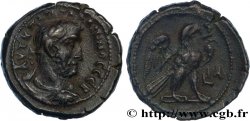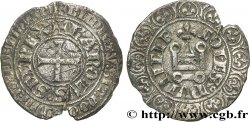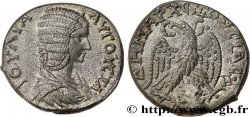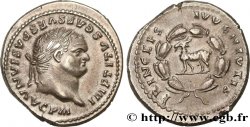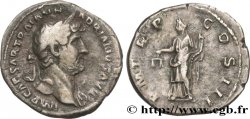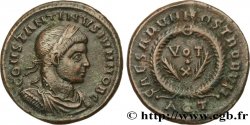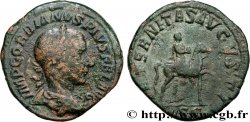brm_433337 - GALLIENUS Antoninien
Not available.
Item sold on our e-shop (2017)
Price : 25.00 €
Item sold on our e-shop (2017)
Price : 25.00 €
Type : Antoninien
Date: 259
Mint name / Town : Milan
Metal : billon
Millesimal fineness : 250 ‰
Diameter : 20,5 mm
Orientation dies : 12 h.
Weight : 1,89 g.
Rarity : R1
Officine: 1re
Coments on the condition:
Flan mince et irrégulier avec un beau portrait. Patine marron
Catalogue references :
Predigree :
Exemplaire provenant du trésor de Reyssouze
Obverse
Obverse legend : IMP GALLIENVS P AVG.
Obverse description : Tête radiée de Gallien à droite (O).
Obverse translation : “Imperator Gallienus Pius Augustus”, (L’empereur Gallien pieux auguste).
Reverse
Reverse legend : P M TR P VII CO-S.
Reverse description : Gallien voilé et vêtu de la toge debout à gauche, tenant un sceptre court transversal de la main gauche et tenant une patère de la main droite et sacrifiant au-dessus d’un autel paré et allumé.
Reverse translation : “Pontifex Maximus Tribunicia Potestate septimum Consul”, (Grand pontife revêtu de la septième puissance tribunitienne, consul).
Commentary
Poids très léger. Rubans de type 1 aux extrémités bouletées.
Very light weight. Type 1 ribbons with pelleted ends
Very light weight. Type 1 ribbons with pelleted ends







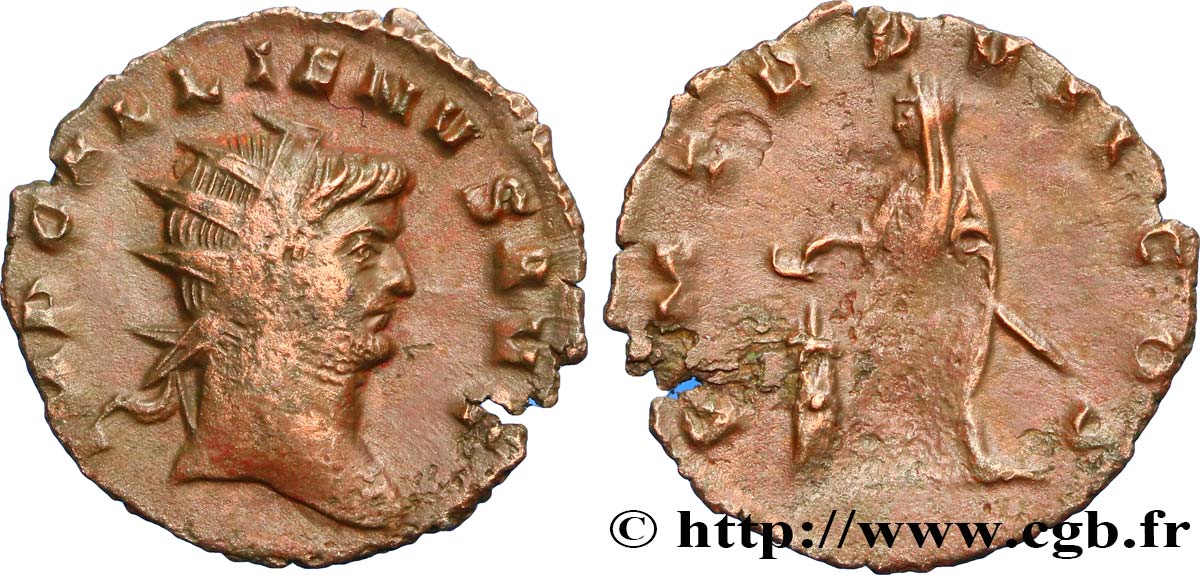
 Report a mistake
Report a mistake Print the page
Print the page Share my selection
Share my selection Ask a question
Ask a question Consign / sell
Consign / sell
 Full data
Full data



